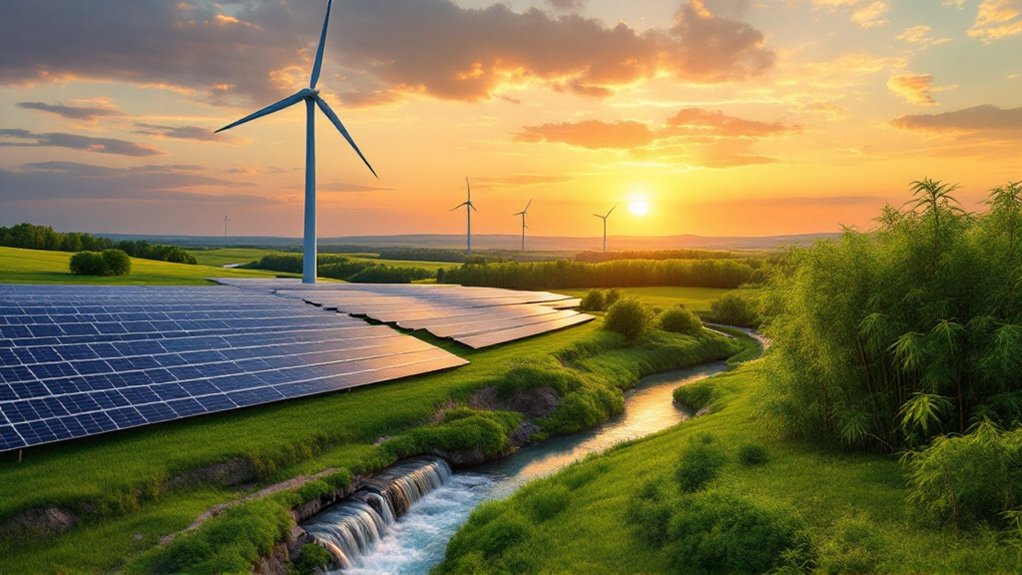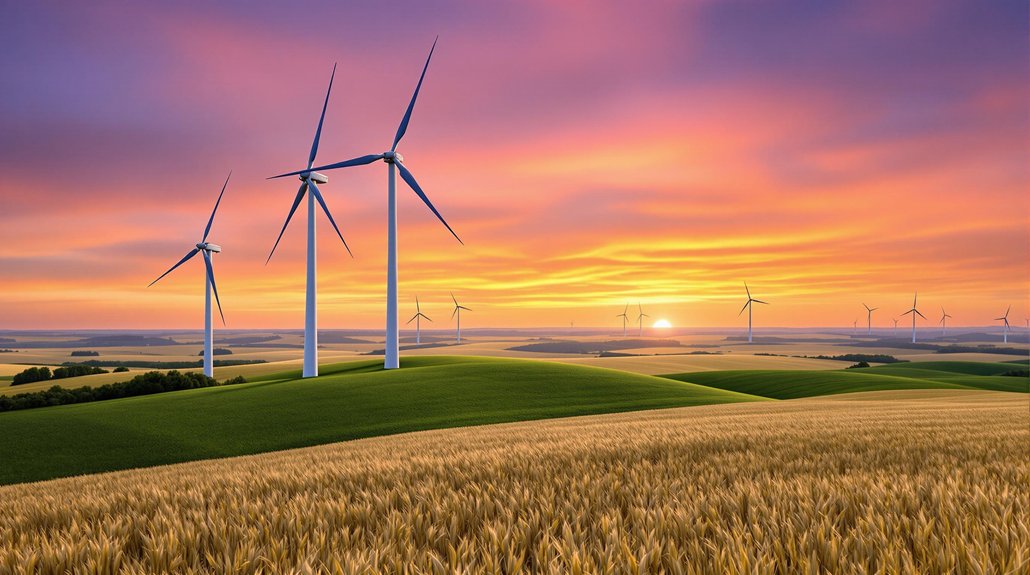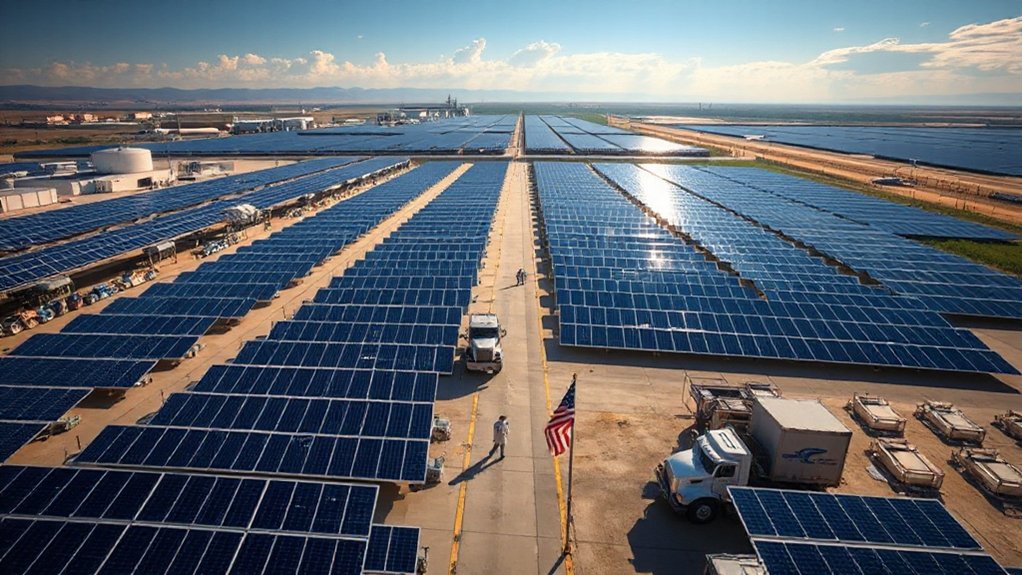Potentially renewable resources are Earth’s naturally replenishing materials that could save humanity from its fossil fuel addiction. These include sunlight, wind, water, and biomass – nature’s gift that keeps on giving, unlike fossil fuels’ one-time deal. While only powering 26% of global electricity today, renewables are rapidly expanding. Sure, there are challenges – solar panels can’t work at night (shocking), and initial costs are steep. But technological advances are making these sustainable options increasingly viable. The future looks surprisingly bright, if you catch our drift.

Mother Nature keeps giving, and we keep taking. But here’s the thing about renewable resources – they actually give back. Unlike fossil fuels, which are basically Earth’s one-time gift card, renewable resources are nature’s endless subscription service. We’re talking sunlight, wind, water, and biomass – the gifts that keep on giving, theoretically forever.
In 1991, only two percent of UK electricity came from renewables. The global energy landscape is shifting faster than anyone expected. In 2018, renewables powered 26% of the world’s electricity needs. China, surprisingly enough, is leading the renewable energy race. The European Union isn’t far behind, gunning for 32% renewable energy by 2030. Over 170 countries have jumped on the renewable bandwagon, and in 2019 alone, global investment hit a whopping $282 billion. By 2023, renewable power sources contributed about 30% to worldwide electricity generation.
Sure, renewable resources have their quirks. Solar panels don’t work at night (shocking, right?), and wind turbines need, well, wind. The initial costs can make your wallet cry, and some renewable setups need more land than Texas has cattle. U.S. biofuels production capacity reached 24 billion gallons in January 2024.
But here’s where it gets interesting – technology is actually fixing these problems. Solar panels are getting more efficient, wind turbines are growing taller than skyscrapers, and scientists are even figuring out how to turn algae into fuel.
The future looks surprisingly bright for renewables. By 2050, experts predict they’ll supply 80% of our power needs. Costs are dropping faster than a hot potato, making renewable energy more competitive with traditional sources. Smart grids are getting smarter, managing the ebb and flow of renewable power like a well-orchestrated symphony.
The benefits are pretty clear: less dependence on fossil fuels, lower greenhouse gas emissions, and more jobs in green energy sectors. Plus, once you get past the initial investment, operational costs are often lower than traditional energy sources.
It’s like buying an expensive coffee maker – painful at first, but cheaper than daily trips to the cafe in the long run. Mother Nature might be forgiving, but she’s also keeping score. And renewables are definitely winning points.









